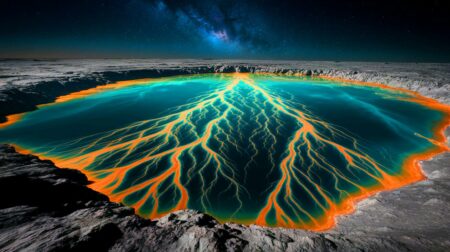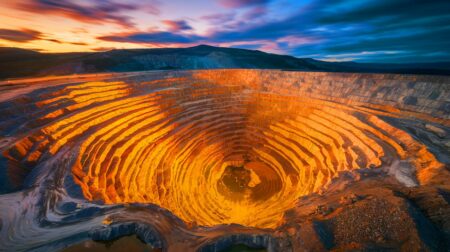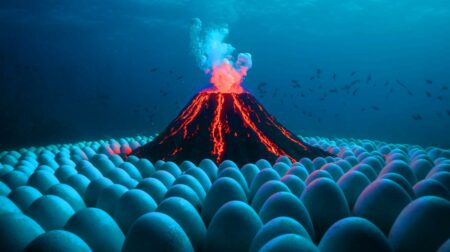It’s the pinnacle of the planet, but it may also be the world’s most extreme example of what happens to the environment when popularity as a tourist destination leaves a mountain strewn with garbage, human waste – and in the case of Qomolangma – the bodies that still lie where they fell.
People from at least 35 countries have died trying to climb Qomolangma, known as Sagarmatha in Nepali and Mount Everest in the west. Scores of bodies remain at higher elevations on the 8,848-meter mountain, first climbed in 1953 by Sir Edmund Hillary of New Zealand and his Nepalese guide Tenzing Norgay. Some have remained for years, and now the Chinese government – responsible for the northern ascent routes from Tibet – says it is doing something about cleaning up the peak.
It’s now approaching spring climbing season, and this year that will be the only season. There’s a list of new rules for tourists and climbers, beyond the fees imposed in recent years to curb the trash issue.
First, there’s a ban since December on tourists in a 10,000 square kilometer core zone of the mountain, one of the most fragile ecosystems on earth. Climate change is increasing that fragility, notably as glaciers melt atop mountains in the region, often viewed as the world’s “third pole” in terms of ice cover. As is the case in Europe and elsewhere, that melt is revealing the mountain’s tombs and secrets.
Ordinary tourists visited the Chinese side in numbers reaching 140,000 last year and that’s wreaked havoc. So they can no longer ascend beyond the Rongbuk Monastery, a historic Buddhist site – and therefore, cannot continue on to the usual base camp on the Tibetan access route.
Chinese officials say tourists can still view the mountain without adding to the damage, and even locals whose livelihoods depend on them welcome the change. “Masses of people left human waste and non-biodegradable trash behind. The site once looked like a dumping ground,” said Chen Shougui, speaking with Chinese media. “Actually, there is no difference for travelers in viewing the mountains from the monastery or the base camp, but the rush to the camp has resulted in heartbreaking damage.”
Last week, China announced plans for “Third Pole National Parks,” a system of five conservation areas in the critical Qinghai-Tibet Plateau. One of them will encompass Qomolangma, with the primary purpose of protecting nature – not tourism – spelled out by Qi Zhala, chairman of Tibet’s regional government.
Beyond, or perhaps above that, China has restricted the number of mountain-climbing permits from its northern-access side: Just 200 climbers are approved in 2019. Last year’s cleanup at elevations beyond the first base camp yielded 8.4 metric tons of waste left behind by climbing groups and guides, and the government is spending 4 million yuan (USD$590,000) to continue the oft-dangerous work of hauling it back down the mountain.
Around those cleanup crews are the reminders of just how dangerous it is, because they’ll be removing the bodies that mark the ascent route too. Nepal also is removing bodies from its south-side routes, where the ice retreat is revealing the remains of those lost to the quest.
Did you like it? 4.5/5 (21)








